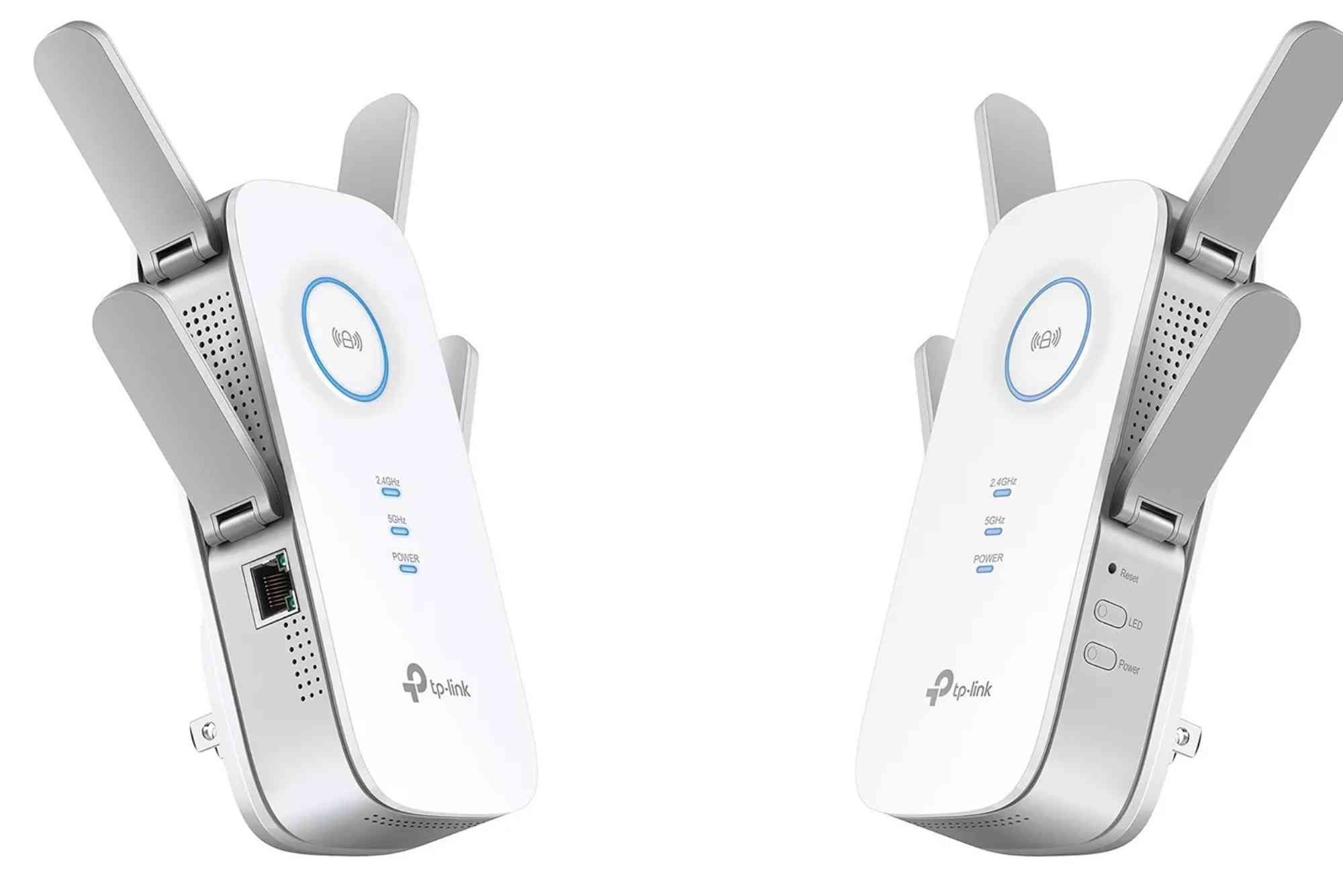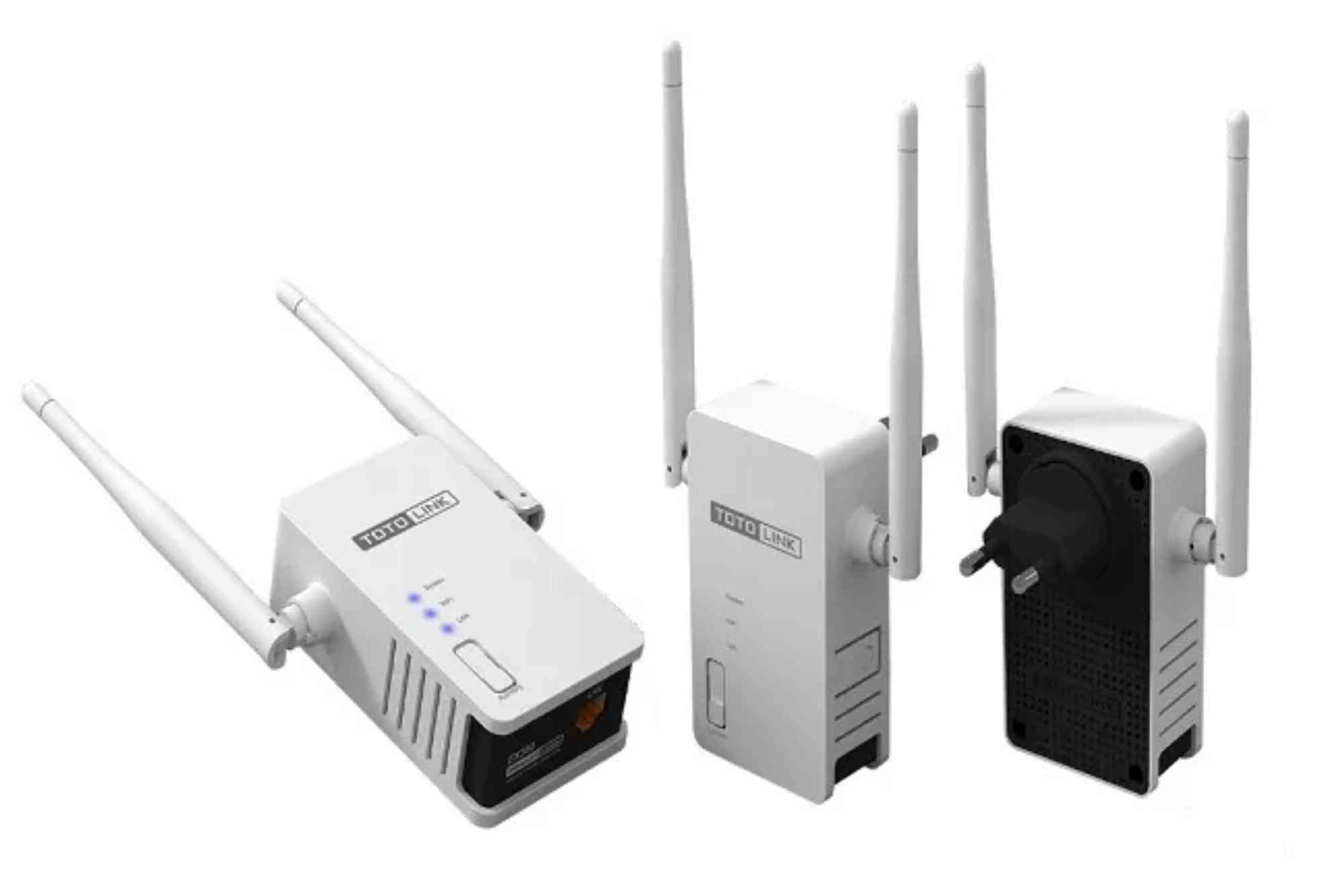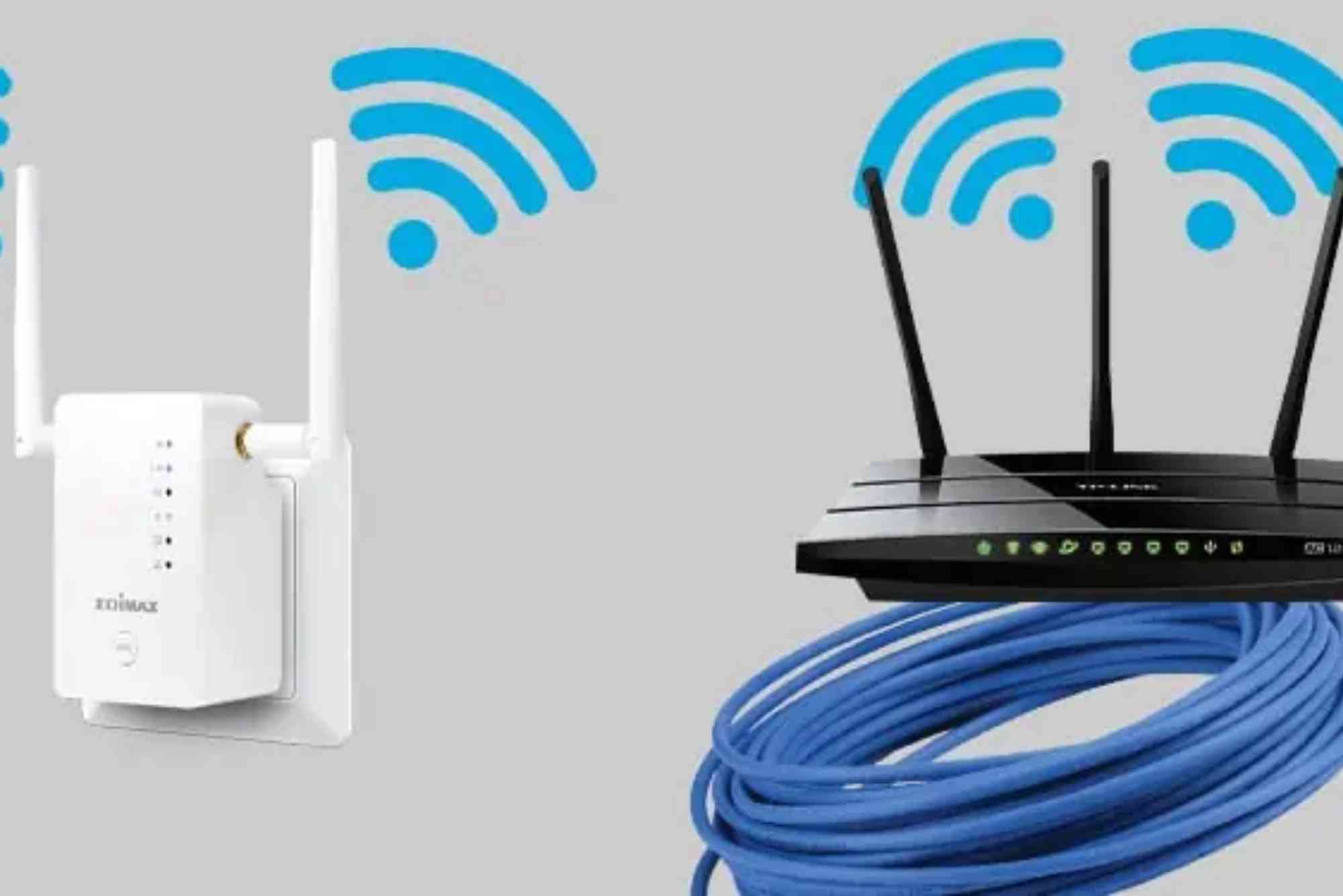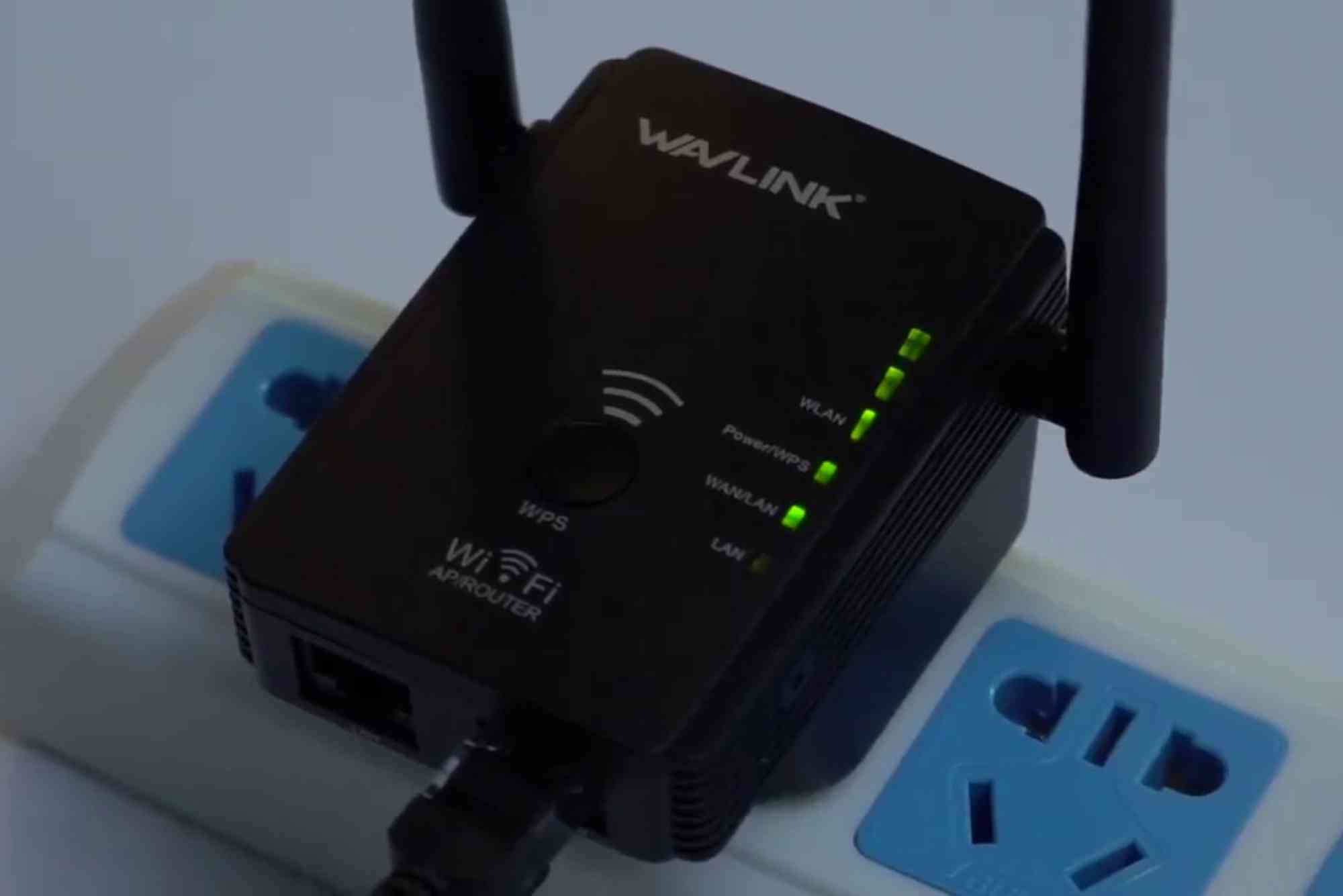Best Wi-Fi Settings for Buffer-Free Netflix Streaming
Streaming Netflix should be simple: click play, sit back, and enjoy. But for many users, buffering interruptions, low-resolution playback, or constant loading wheels ruin the experience. The good news is that with the best Wi-Fi settings for Netflix, you can transform your streaming quality without spending on new equipment. By making smart adjustments to your Wi-Fi router, frequency bands, and network priorities, Netflix can run smoothly—even in homes with multiple devices online.
This guide covers every step to fine-tune your Wi-Fi for uninterrupted Netflix streaming. From router placement to advanced quality-of-service settings, you’ll learn practical tips that actually work.
Why Wi-Fi Settings Matter for Netflix
Netflix automatically adjusts video quality based on your internet connection. A weak Wi-Fi signal, crowded network, or outdated router setting forces the platform to lower resolution. This means instead of crisp HD or 4K video, you may see blurry playback—or worse, endless buffering.
Optimizing your Wi-Fi doesn’t just boost speed—it also reduces packet loss, improves stability, and ensures Netflix has consistent bandwidth. The result is clear: smoother playback, higher resolution, and no interruptions.
Best Wi-Fi Settings for Netflix
Choose the Right Wi-Fi Frequency Band
Modern routers broadcast on two primary bands: 2.4 GHz and 5 GHz.
-
2.4 GHz: Offers longer range but is more prone to interference. Ideal if your streaming device is far from the router.
-
5 GHz: Provides faster speeds with less interference but works best within shorter distances.
For Netflix streaming, always connect to 5 GHz Wi-Fi if you’re in the same room or close to the router. This ensures maximum speed and stability, perfect for HD and 4K playback. If you’re in a different room or behind walls, 2.4 GHz might still be more reliable.
Enable Quality of Service (QoS)
Most modern routers include Quality of Service (QoS) settings, allowing you to prioritize certain applications or devices. By giving Netflix traffic higher priority, your router ensures that video streaming stays smooth—even if other devices are downloading files, gaming, or browsing.
Check your router’s admin panel for QoS. Assign Netflix (or the device you stream on) as a priority. This small change can dramatically reduce buffering.
Place Your Router in the Best Location
Router placement directly affects signal strength. Many people keep routers tucked away in corners, cabinets, or near other electronics. This weakens the Wi-Fi signal.
For best results:
-
Place the router in a central, open location.
-
Keep it off the floor and away from thick walls.
-
Avoid placing it near microwaves or cordless phones, which cause interference.
A better signal equals more stable Netflix streaming, especially on Smart TVs.
Adjust Channel Settings
Wi-Fi networks operate on channels. If multiple households nearby use the same channel, interference slows your connection.
Switching to a less crowded channel can improve performance. Tools like Wi-Fi Analyzer (for Android) or built-in router tools can help identify the best channel. On 2.4 GHz, channels 1, 6, and 11 are usually optimal.
Update Your Router Firmware
Outdated router firmware can limit speed, security, and streaming performance. Manufacturers regularly release updates to improve efficiency.
Log into your router’s admin panel and check for firmware updates. Installing the latest version ensures you’re getting the best performance for Netflix.
Disable Band Steering (If Needed)
Some routers automatically switch devices between 2.4 GHz and 5 GHz, known as band steering. While useful, this can disrupt Netflix streaming if the connection drops mid-switch.
If you notice frequent buffering when using both bands, manually separate the networks and connect your Netflix device to the stronger one.
Turn Off Unnecessary Background Apps
Even with good Wi-Fi, background apps or devices can eat up bandwidth. Cloud backups, software updates, and online gaming can interfere with Netflix.
Set your streaming device to limit background activity. If possible, pause large downloads on other devices when watching Netflix.
Optimize DNS Settings
Default DNS servers from your ISP may not be the fastest. Switching to public DNS services like Google DNS (8.8.8.8) or Cloudflare (1.1.1.1) can improve response times and reduce buffering.
Updating DNS settings is simple on most routers and devices. This adjustment can speed up Netflix content loading, especially when switching shows or browsing menus.
Consider a Wired Connection for TVs
While this guide focuses on Wi-Fi, sometimes the best solution is bypassing it. If you’re streaming Netflix on a Smart TV, using an Ethernet cable provides maximum stability and speed.
If wiring is difficult, consider powerline adapters or mesh Wi-Fi systems, which extend reliable connectivity throughout your home.
Match Netflix Quality Settings
Within your Netflix account, you can select playback quality under Profile > Playback Settings. Choose “High” for HD and Ultra HD streaming. But remember: if your Wi-Fi can’t handle the bandwidth, Netflix will automatically reduce resolution.
Optimizing your Wi-Fi ensures you can enjoy the highest settings without interruptions.
Advanced Router Tweaks for Netflix Enthusiasts
If you want to go beyond basic adjustments, these advanced tweaks can help maximize Netflix performance:
MU-MIMO (Multi-User, Multiple Input, Multiple Output): Enable this feature if available to improve performance on multiple devices.
Beamforming: Directs Wi-Fi signals toward your device, improving strength and reliability.
Wi-Fi 6 Routers: If your current router is older, upgrading to Wi-Fi 6 can significantly improve streaming on supported devices.
Common Mistakes to Avoid
Many users unknowingly sabotage their Netflix streaming by:
Using outdated routers that can’t handle HD streaming.
Keeping too many devices connected at once.
Ignoring router placement and interference sources.
Relying on default ISP settings without optimization.
By avoiding these mistakes and applying the tips above, you can achieve consistent, high-quality streaming.
Real-Life Example: A Buffer-Free Netflix Setup
Consider a household with a Smart TV in the living room, a gaming console in the bedroom, and several smartphones online. Initially, Netflix buffered constantly on the TV during prime hours.
The solution included:
Switching the TV to the 5 GHz band.
Enabling QoS to prioritize streaming.
Relocating the router to a central hallway.
Updating the router firmware.
The result was night and day—smooth Netflix streaming without interruptions, even when others gamed or used social media.
Smooth Netflix streaming depends on more than just internet speed. By applying the best Wi-Fi settings for Netflix, you can eliminate buffering, maximize resolution, and enjoy your favorite shows interruption-free. Simple adjustments like switching to the 5 GHz band, enabling QoS, and optimizing router placement make a world of difference.
If you’re serious about upgrading your streaming experience, start with these settings today. And if you’re looking for reliable, high-speed internet services, check out Dhanote Internet Services for stable connectivity designed to keep your streaming seamless.
FAQs
Q1: How much internet speed do I need for Netflix?
Netflix recommends 3 Mbps for SD, 5 Mbps for HD, and 15 Mbps for 4K. Faster speeds reduce buffering.
Q2: Why does Netflix keep buffering even with fast internet?
Buffering often results from weak Wi-Fi signals, poor router placement, or background apps consuming bandwidth.
Q3: Is 2.4 GHz or 5 GHz better for Netflix?
5 GHz is better for faster speeds and HD/4K streaming if you’re near the router. Use 2.4 GHz for longer range.
Q4: Can DNS settings improve Netflix streaming?
Yes, switching to faster DNS servers like Google or Cloudflare can reduce buffering and speed up content loading.
Q5: Should I upgrade my router for Netflix?
If your router is more than 5 years old, upgrading to a dual-band or Wi-Fi 6 router can drastically improve performance.








